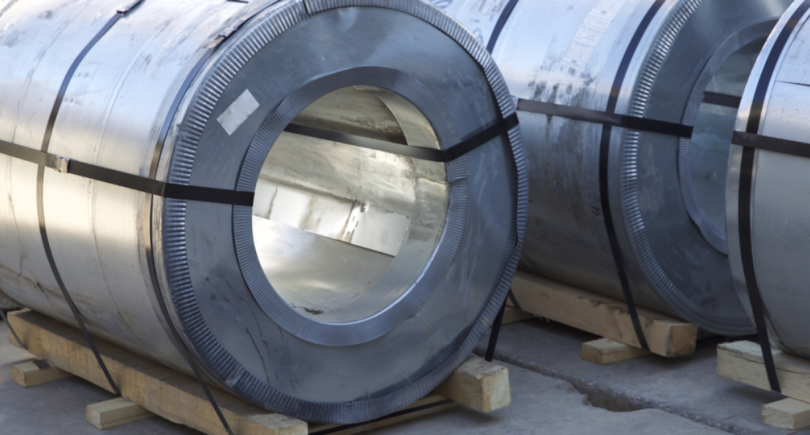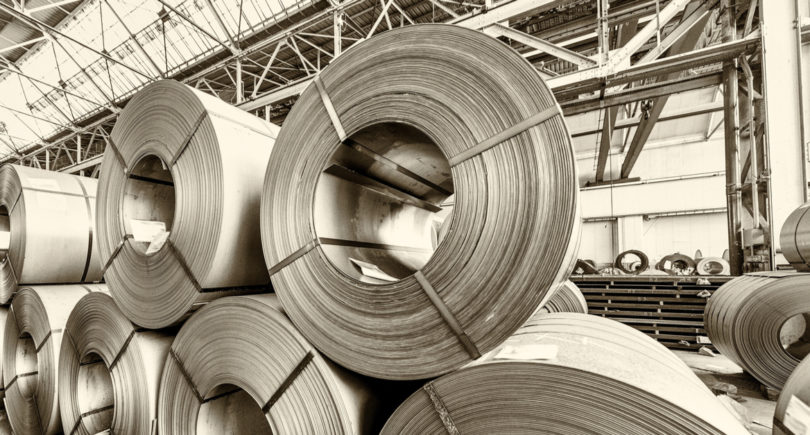
News Global Market China 1545 07 November 2022
Production will be halved in China, and in Europe the energy crisis is pressing on the industry
Currently, most of the regional markets for ferroalloys, in particular in China, India and the United States, are experiencing a decrease in demand and, as a result, price fluctuations. In particular, Chinese factories are going to cut production, and European producers are under pressure from the energy crisis.
China. Higher prices for imported manganese ore, coke and coking coal, freight rates, as well as weak demand in the domestic market led to a rapid increase in the cost of manganese alloys production in China. SteelMint informs about it. To change the situation, a special committee of the country’s Association of Ferroalloy Producers proposed at the end of October to reduce production by 50%, and 40 member companies of the organization agreed with this. Similar events were taken in May 2022.
China is the world’s largest producer of ferroalloys – the volume of their production in this country is about 36 million tons per year (over 78% of world production).
The reduction in China’s ferroalloy production will affect both domestic and global markets. In particular, this may lead to a decrease in demand for manganese ore and an oversupply on the world market and, as a result, to a drop in prices for it in the short term.
The reduction in production in China will lead to a shortage of supply in the domestic market. Therefore, there is a high probability of an increase in domestic prices for ferroalloys, and, as a result, prices in world markets, in particular, in India. Indian exporters, in turn, if steel production in China remains stable, will receive additional opportunities – Chinese steelmakers will have to import ferroalloys.
At the same time, by the end of October, despite the lack of demand, especially in export directions, Indian sellers of manganese alloys raised prices due to low margins and reduced supply.
Europe. The European production of ferroalloys, according to the industry association Euroalliages, is seriously affected by the global energy crisis, which began even before the full-scale invasion of the Russian Federation into Ukraine. Fastmarkets writes about it.
In addition, the sector is under pressure from the cost of carbon emissions. According to the ERCST (the European Roundtable on Climate Change and Sustainable Transition) study, the viability of the industry will be threatened if their cost exceeds €86/t (as of 4.11, the price of CO2 emissions reached €76/t). The study was conducted in 2021, taking into account the lower cost of energy.
Immediately after the invasion of the Russian Federation into Ukraine, prices for alloys rose sharply, as panic buying began in various markets. The increase in ferroalloy prices in the spring of 2022 to peak levels improved the financial condition of producers against the backdrop of rising energy costs. However, this trend was short-lived as end-users were forced to cut production.
According to Euroalliages, the energy crisis has already affected production in the EU. Of the 60 furnaces for the production of ferroalloys in the EEA (European Economic Area) and 37 furnaces in the EU, as of September 2022, 17, or 28% and 46%, respectively, were closed.
The association sees EU intervention as a way to resolve the crisis for the industry. In an open letter in September 2022, published by the Eurometaux association and signed by representatives of the steel and alloy industries, in particular, it is proposed to:
- increase the funding limits for companies in energy-intensive industries;
- taking into account a net loss, not a negative Ebitda;
- the continuation of the temporary EU anti-crisis program at least until the end of 2023.
An industry opportunity would also be to suspend the European Emissions Trading System (ETS). Euroalliages also asked the European Union to limit taxes and surcharges on electricity and gas for energy-intensive industries.
As GMK Center reported reported earlier, ferroalloy enterprises of Ukraine in January-August 2022 produced 399 thousand tons of ferroalloys.



